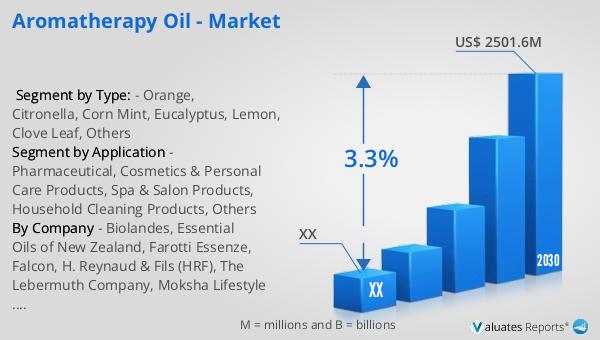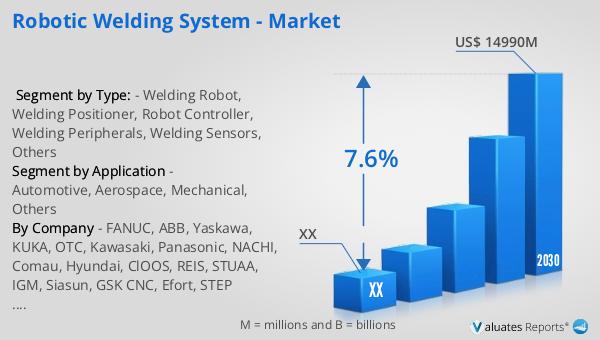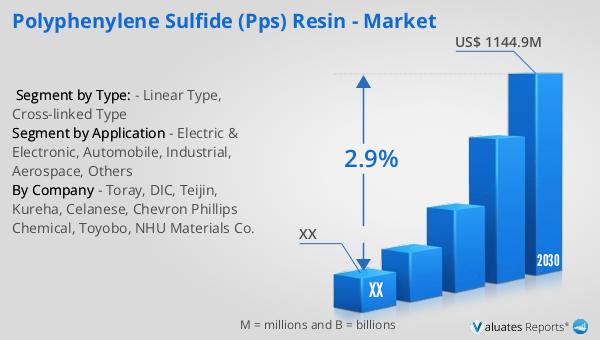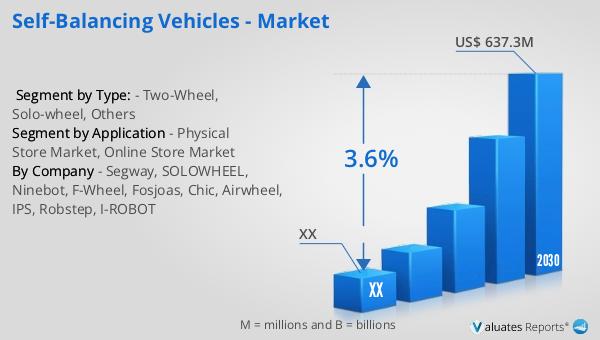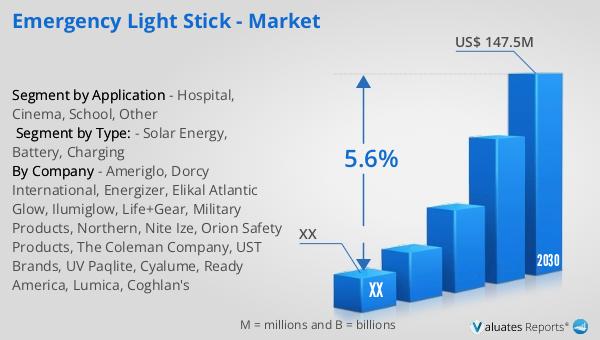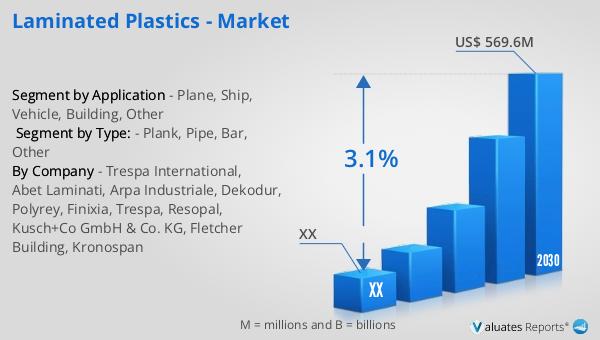What is T-Cell Immunotherapy - Global Market?
T-cell immunotherapy is a groundbreaking approach in the field of cancer treatment that harnesses the power of the body's own immune system to fight cancer cells. This therapy involves modifying a patient's T-cells, a type of white blood cell that plays a crucial role in the immune response, to better recognize and attack cancer cells. The global market for T-cell immunotherapy is rapidly expanding as more research and clinical trials demonstrate its potential effectiveness against various types of cancer. This market encompasses a range of therapies, including CAR-T (Chimeric Antigen Receptor T-cell), TCR (T-cell Receptor), and TIL (Tumor-Infiltrating Lymphocytes) therapies, each with unique mechanisms and applications. As the demand for more targeted and personalized cancer treatments grows, T-cell immunotherapy is poised to become a significant player in the global pharmaceutical landscape, offering hope to patients who may not respond to traditional treatments. The increasing investment in research and development, coupled with advancements in biotechnology, is expected to drive further innovations and accessibility in this promising field.

CAR-T, TCR, TIL Therapies in the T-Cell Immunotherapy - Global Market:
CAR-T, TCR, and TIL therapies represent the forefront of T-cell immunotherapy, each offering distinct approaches to cancer treatment. CAR-T therapy involves genetically engineering a patient's T-cells to express a chimeric antigen receptor (CAR) that specifically targets cancer cells. This therapy has shown remarkable success in treating certain blood cancers, such as leukemia and lymphoma, by enabling T-cells to recognize and destroy cancer cells more effectively. The process begins with the extraction of T-cells from the patient, followed by their modification in a laboratory setting to express the CAR. Once reintroduced into the patient's body, these engineered T-cells can seek out and eliminate cancer cells with precision. TCR therapy, on the other hand, focuses on enhancing the natural ability of T-cells to recognize cancer-specific antigens presented by the major histocompatibility complex (MHC) on the surface of cancer cells. By modifying the T-cell receptor, TCR therapy aims to improve the T-cells' ability to detect and attack cancer cells, offering potential treatment options for a broader range of cancers, including solid tumors. TIL therapy involves isolating T-cells that have naturally infiltrated a tumor, expanding them in large numbers in the laboratory, and then infusing them back into the patient. This approach leverages the body's existing immune response to the tumor, enhancing it to achieve a more robust attack on cancer cells. TIL therapy has shown promise in treating melanoma and other solid tumors, providing an alternative for patients who may not respond to other treatments. The global market for these therapies is driven by ongoing research, clinical trials, and collaborations between pharmaceutical companies and research institutions. As these therapies continue to evolve, they hold the potential to transform cancer treatment by offering more personalized and effective options for patients worldwide. The challenges of manufacturing, regulatory approval, and cost remain, but the promise of these therapies in improving patient outcomes fuels continued investment and innovation in the field.
Stomach Cancer, Lung Cancer, Colorectal Cancer, Esophagus Cancer, Pancreatic Cancer, Others in the T-Cell Immunotherapy - Global Market:
T-cell immunotherapy is being explored for its potential use in treating various types of cancer, including stomach, lung, colorectal, esophagus, and pancreatic cancers, among others. In stomach cancer, T-cell immunotherapy aims to target specific antigens expressed by gastric tumors, potentially improving treatment outcomes for patients with advanced or metastatic disease. Lung cancer, one of the most common and deadly cancers worldwide, presents a significant opportunity for T-cell therapies, particularly in targeting non-small cell lung cancer (NSCLC) and small cell lung cancer (SCLC). By engineering T-cells to recognize lung cancer-specific antigens, researchers hope to enhance the immune system's ability to combat these aggressive tumors. Colorectal cancer, another prevalent cancer type, may also benefit from T-cell immunotherapy, especially for patients with microsatellite instability-high (MSI-H) tumors, which are more likely to respond to immune-based treatments. In esophagus cancer, T-cell therapies are being investigated for their potential to target tumor-specific antigens and improve survival rates for patients with this challenging disease. Pancreatic cancer, known for its poor prognosis and resistance to conventional treatments, is another area where T-cell immunotherapy is being explored. By targeting unique antigens expressed by pancreatic tumors, researchers aim to develop more effective treatment options for this aggressive cancer. Beyond these specific cancers, T-cell immunotherapy holds promise for treating a wide range of other malignancies, as ongoing research continues to identify new targets and refine therapeutic approaches. The global market for T-cell immunotherapy in these areas is driven by the urgent need for more effective and personalized cancer treatments, as well as the growing understanding of the immune system's role in combating cancer. As clinical trials progress and new therapies receive regulatory approval, T-cell immunotherapy is expected to play an increasingly important role in the oncology landscape, offering hope to patients with various types of cancer.
T-Cell Immunotherapy - Global Market Outlook:
The global pharmaceutical market was valued at approximately 1,475 billion USD in 2022, with an anticipated compound annual growth rate (CAGR) of 5% over the next six years. This growth reflects the increasing demand for innovative treatments and therapies across various medical fields, including oncology, where T-cell immunotherapy is gaining significant traction. In comparison, the chemical drug market, which encompasses traditional pharmaceuticals, was estimated to grow from 1,005 billion USD in 2018 to 1,094 billion USD by 2022. This indicates a steady, albeit slower, growth rate compared to the broader pharmaceutical market. The expansion of the pharmaceutical market is driven by advancements in biotechnology, increased investment in research and development, and the rising prevalence of chronic diseases that require novel therapeutic approaches. T-cell immunotherapy, as a part of this dynamic market, is contributing to the overall growth by offering new hope for cancer patients through personalized and targeted treatment options. As the global healthcare landscape continues to evolve, the demand for cutting-edge therapies like T-cell immunotherapy is expected to rise, further fueling the growth of the pharmaceutical industry. The ongoing development and commercialization of these therapies highlight the potential for significant advancements in cancer treatment and patient outcomes, underscoring the importance of continued investment and innovation in this promising field.
| Report Metric | Details |
| Report Name | T-Cell Immunotherapy - Market |
| CAGR | 5% |
| Segment by Type: |
|
| Segment by Application |
|
| By Region |
|
| By Company | Adaptimmune, Altor Bioscience Corporation, Cellectis, Juno Therapeutics, Kite Pharma, Novartis, Takara Bio, Unum Therapeutics |
| Forecast units | USD million in value |
| Report coverage | Revenue and volume forecast, company share, competitive landscape, growth factors and trends |
